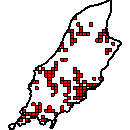Biodiversity ... snippets of interest
Isle of Man Fungus Group
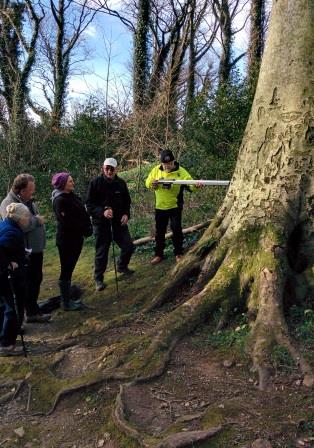
In Bishopscourt Glen with Jimmy Lee, DEFA Forestry Officer, looking at trees with fungal diseases. Jimmy demonstrated the use of his new equipment which cores the trunk to measure the strength of the timber and see how far the rot has set in. New members are welcome to join this group dedicated to the enjoyment and knowledge of Manx fungi... SEE MORE... or contact Liz Charter
Manx Native Trees
Now is the best time to plant trees... and native species are the best for biodiversity.
The Manx Native Oak Group has been re-named Manx Native Trees. Steve Prescott has taken over the native tree nursery from Mil Millichap and there is a brand new website with information about our tree and shrub species.
The nursery grows native trees and shrubs as bare roots, pot grown or "Rootrainer" (cell grown trees). For information email Steve Prescott

FWAG - Isle of Man Farming and Wildlife Group - Encouraging Farming and Wildlife on The Island.
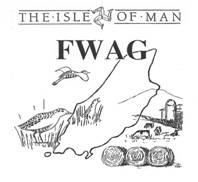
For more information, advice and to join the group please email Paul Fletcher.
Manx Wildlife Trust
If you are not already a member of the principle nature conservation charity on the Isle of Man -- now is a very good time to join.
Manx Wildlife Trust has a brand new website brand new website.
River Lamprey (Lampetra fluviatilis) in the Neb is a First! A message from the Inland Fisheries team at the Department of Environment, Food and Agriculture.
Discovered by Brian Walmsley Fisheries Officer, DEFA, on Tuesday 24th April 2012 this adult specimen was found in the River Neb at the Raggatt. Identif- ication has now been confirmed by two indepen- dant freshwater scientists. Although there are existing records of the brook lamprey (L. planeri) in several Manx rivers including the Neb, this is the first confirmed sighting of a river lamprey here. Please contact Karen McHarg at DEFA for further infomation. This picture shows the distinctive sucker on its mouth. Each species has slightly different suckers which help with the ID.

Here is the river lamprey swimming in the Neb after release. The lamprey was 290mm in length.
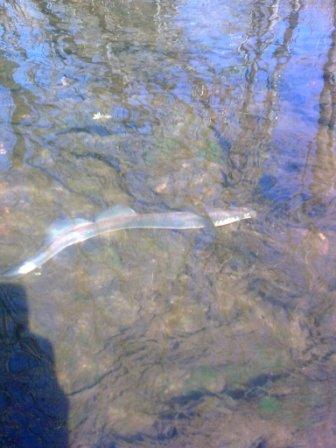
River lamprey under examination
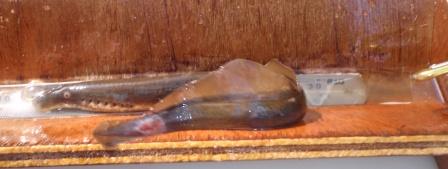
Youtube Video of the lamprey swimming in the Neb
The species is normally 'anadromous', spawning in freshwater but completing its life cycle in the sea, so pollution or artifical obstacles such as weirs or dams impede migration. Populations around the British Isles are considered important for the conservation of the species which is seen as having European importance.






